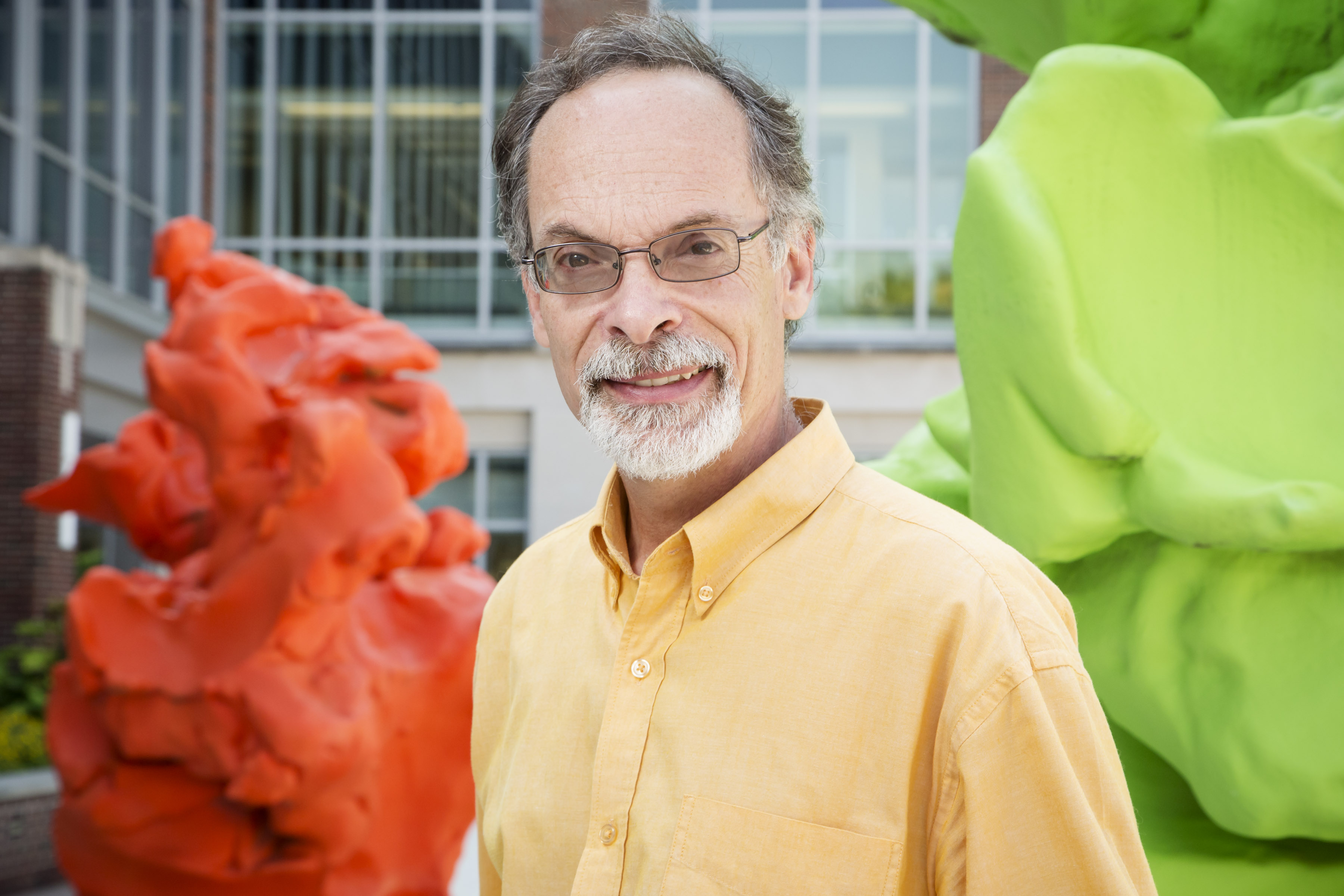How can an animal virus turn into a human disease? Between the ongoing COVID-19 pandemic and the looming concern of avian flu, the question is an urgent one. Tyler Starr, PhD, has received a prestigious Searle Scholar Award to look for answers.
Tag: Viral Evolution
Interactions between flu subtypes predict epidemic severity more than virus evolution
Researchers have shed new light on how viral evolution, population immunity, and the co-circulation of other flu viruses shape seasonal flu epidemics.

Viral evolution expert available for comment on new BA.2.86 COVID variant
URBANA, Ill. — Last week’s classification of BA.2.86 as a COVID “variant under monitoring” by the World Health Organization raises many epidemiological and public health questions. Among the unknowns is how the virus evolved to acquire 36 to 38 mutations…

SARS-CoV-2 seasonal behavior traced back to genetics and global change
As the northern hemisphere heads into summer, we may be in for a COVID-19 reprieve. Not because the pandemic is over; the Omicron subvariant ‘Arcturus’ is still creeping upward and causing new symptoms. But two new studies from the University of Illinois add evidence supporting a seasonal pattern in the behavior of the SARS-CoV-2 virus.
Persistent COVID-19 infections in immunocompromised people may give rise to variants of concern
In an article in the New England Journal of Medicine, scientists from Fred Hutchinson Cancer Research Center, Johns Hopkins Bloomberg School of Medicine, the U.S. Military HIV Research Program and the Institute for Global Health and Infectious Diseases at the University of North Carolina urged increased attention to persistent COVID-19 infections in immunocompromised people.
Viruses could be harder to kill after adapting to warm environments
Enteroviruses that make their way into surface waters can be inactivated by heat, sunshine and other microbes, reducing their ability to spread disease. But researchers report that global warming could cause viruses to evolve, rendering them less susceptible to these and other disinfectants, such as chlorine.